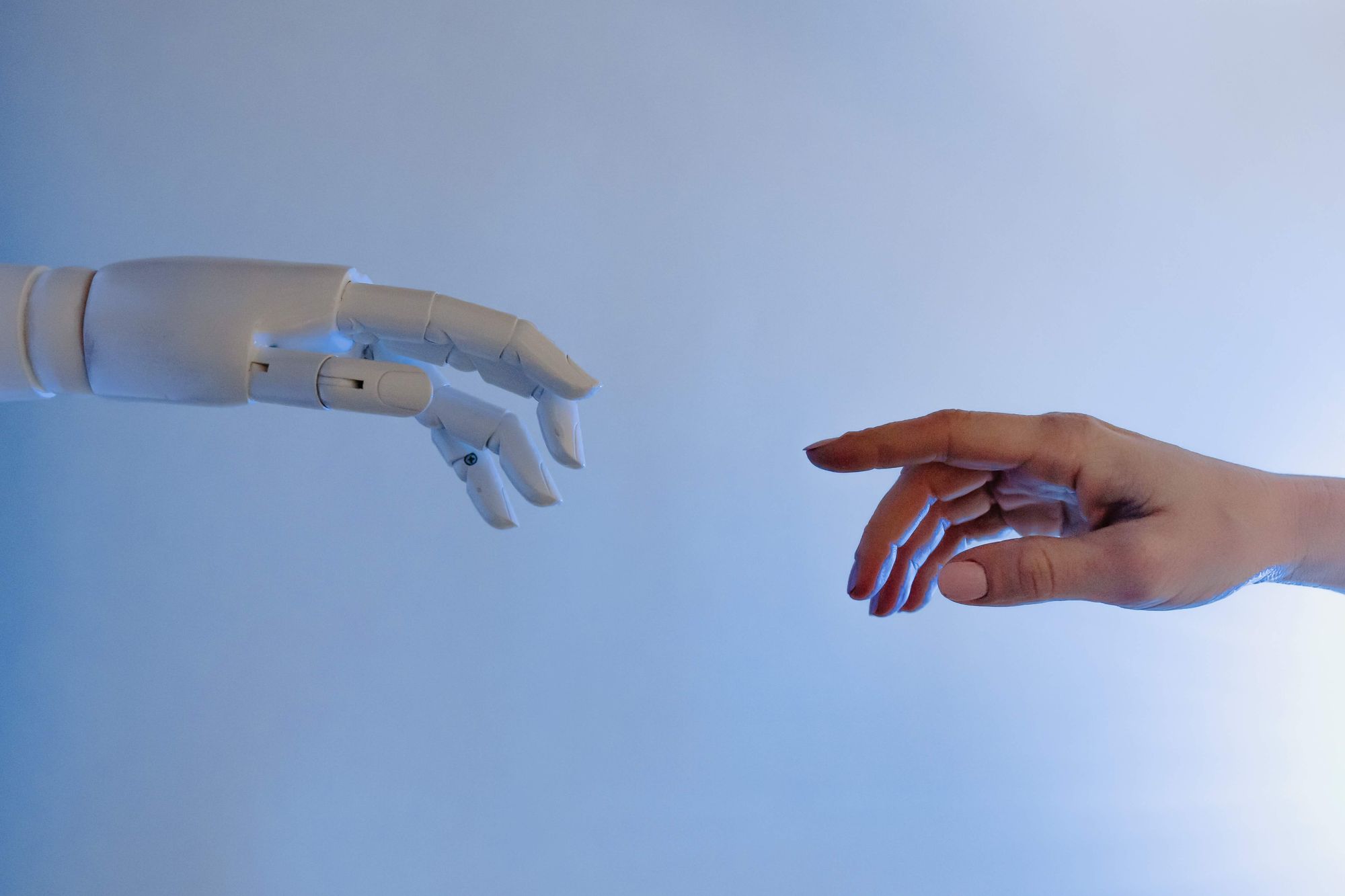As a marketing leader, you're likely intrigued by the potential of generative AI to revolutionize your marketing campaigns. It's no secret that this technology has the ability to create highly engaging content, optimize targeting, and analyze consumer behavior, all while saving time and resources. However, it's important to be aware of the potential pitfalls of generative AI and ensure its responsible use in marketing.

Defining AI
Before we delve into some of the pitfalls, let’s first align on the definitions. Generative AI is a type of artificial intelligence that can create new things, like text, images, or music, based on what it has learned from existing examples. It works by understanding patterns in the examples and then making new content that follows those patterns. This AI can help with tasks like writing, making art, or even creating videos, and is used in many creative and technology-related fields. Think OpenAI’s ChatGPT, or Google’s Bard.
Pitfall 1: Generative AI can be biased
So now that we have an understanding of what Generative AI is, let’s look at the first pitfall. The issue of bias. Generative AI is only as unbiased as the data it is trained on. This means that if your AI model is trained on biased data, the results will be biased as well. For example, if your model is trained on data that is primarily from one demographic, it may not accurately represent other demographics, leading to marketing campaigns that are ineffective or offensive.
In a marketing context, let's consider an example where a generative AI model is used to create advertising copy for a new skincare product. Suppose the AI model was trained primarily on data from advertisements targeting a younger demographic, with language and references that specifically appeal to that age group.
If the generative AI is then tasked with creating a marketing campaign for a skin care product meant for people of all ages, it may inadvertently generate copy that only resonates with the younger demographic it was trained on. This could lead to marketing messages that exclude or alienate older customers, making the campaign less effective and potentially offensive to some audiences. In this case, the bias in the training data results in an unintended consequence for the marketing campaign.
Pitfall 2: Generative AI can be blind to offensive content
The second pitfall to consider is the potential for inappropriate or offensive content. While generative AI can be used to create highly engaging content, it's important to remember that it is still a machine and may not fully understand cultural nuances or sensitive topics. This can lead to content that is insensitive or even harmful.
In a marketing scenario, imagine a generative AI model is used to create social media posts for promoting a global clothing brand. The AI has been trained on a vast array of content from various sources, but it may not fully understand certain cultural norms or sensitivities.
Suppose the AI generates a post featuring an image of a model wearing a culturally significant piece of clothing, but the context and presentation of the image show a lack of understanding or respect for the cultural significance of the garment. This post, if published, could be seen as offensive or disrespectful by the target audience, leading to negative reactions, public backlash, and potential harm to the brand's reputation.
In this case, the generative AI's inability to grasp cultural nuances and sensitivities has led to the creation of inappropriate and potentially harmful marketing content.

Final pitfall: Generative AI is not a replacement for human ingenuity
Finally, it's important to remember that generative AI is not a replacement for human creativity and intuition. While AI can help optimize your marketing campaigns, it cannot fully replace the value of human insight and creativity. It's important to use generative AI as a tool to augment human capabilities, not as a replacement.
In conclusion, the responsible use of generative AI in marketing requires a thoughtful and strategic approach. By taking into account the potential pitfalls such as bias, inappropriate content, and the limitations of AI, you can leverage the power of this technology to improve your marketing campaigns while ensuring that they are ethical, effective, and inclusive. By staying mindful of these issues, you can navigate the potential pitfalls of generative AI and use it to unlock new opportunities for growth and success in your marketing efforts.
AI is the big topic in marketing right now, and we're sure you've got questions that need answering, or insights to share. The CMO Alliance Community Slack channel is the perfect place for just that, where you can join the conversation with a global network of CMOs and marketing leaders.




 Follow us on LinkedIn
Follow us on LinkedIn




